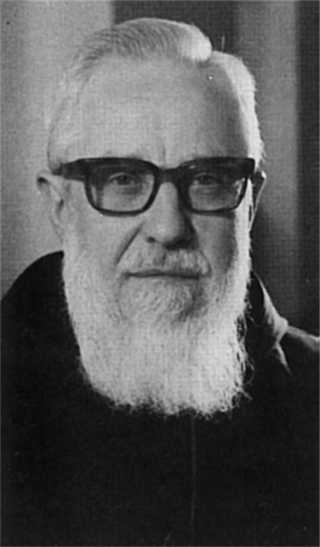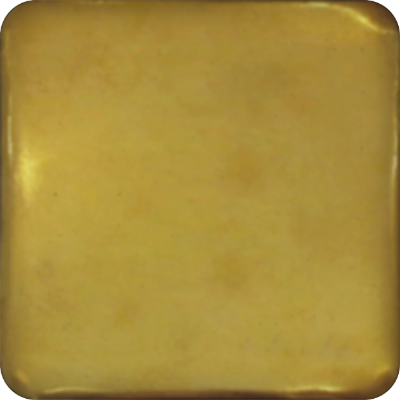Dr. Eberhard (Josef Josef) Kusin OFMCap

Personalia
Order Name:
Born:
Died:
Profession:
Persecution:
Imprisonment 28.03.1943 - 20.10.1943,
Theresienstadt concentration camp 20.10.1943 - 08.01.1944,
Dachau concentration camp 08.01.1944 - 29.04.1945,
Escape 29.04.1945 - 08.05.1945
KZ Number:
Memberships
Curriculum Vitae
Born in 1915 in Witkowitz/Moravia in what is now the Czech Republic, Josef Kusin came to Austria after the First World War. He attended the Academic Grammar School in Graz and joined the Capuchin Order in 1936, where he was given the religious name Eberhard. He worked as a theology student in youth work at the order's house school in Scheibbs in Lower Austria.
He was expelled from here by the Gestapo in 1939 because he did not want to accept Reich membership and went to Vienna, which he also had to leave on May 1, 1940. He was finally assigned to Prague (Praha-Loreta), where he was ordained a priest on July 1, 1941. In 1943, he was arrested again by the Gestapo, this time on the grounds of "opposition to the Nazi state" and taken to the police prison in Sasmuk (Zasmuky). There is no evidence that he was prosecuted. Eberhard Kusin was then transferred from here to the Theresienstadt concentration camp on October 20, 1943 and later to the Dachau concentration camp on January 8, 1944. On the evacuation march from Dachau, he escaped as the Americans approached and survived the collapse of the Third Reich in hiding.
After the war, alongside his pastoral work, he studied history at Vienna University and obtained a doctorate in philosophy. After completing his doctorate in 1951, he taught church history at his order's house school. After its closure, he took on new tasks. For many years he was custodian of the Capuchin crypt in Vienna, the burial place of the Habsburgs, where he put his historical knowledge to good use. It is to his great credit that he saved this national monument from destruction by the tin plague. For many years, he has been the pastor of the Catholic university community and of the homes run by Akademikerhilfe. In this context, he also became acquainted with the CV and joined the Rugia in 1962 at the age of 47. From then on, his whole life was dedicated to the active members of the CV. He was the pastor of the Vienna CV for more than 20 years.
He died in Vienna at the age of 71.
Places
Persecution:
Place of activity:
Citations
- Archiv der Erzdiözese Wien
- Fritz, Herbert/Krause, Peter (2013): Farbe tragen, Farbe bekennen 1938–45. Katholische Korporierte in Widerstand und Verfolgung. (ÖVfStG, 2013), p. 397/398.
Photo: ÖVfStG
